AutoFill has been a part of OS X and Apple’s browser, Safari, for a while now. When you fill out forms on the web, Safari will prompt you to use your contact info to fill in the form, or to use the form data you entered as your AutoFill information. This is helpful as you fill out a lot of web forms, of course.
Now, in OS X Mavericks beta, Safari has a new trick up its sleeve, with the ability to suggest secure passwords to you, and then saving them for you when you go back to that site. It’s called iCloud Keychain, and here’s how to set it up.
![Get Password Suggestions Using iCloud Keychain And Safari In Mavericks Beta [OS X Tips] iCloud Keychain Mavericks](https://www.cultofmac.com/wp-content/uploads/2013/07/iCloud-Keychain-Mavericks.jpg)


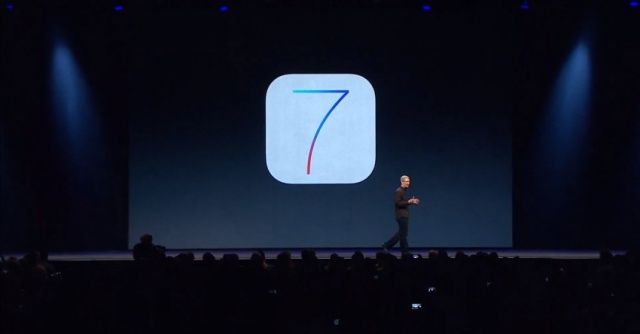
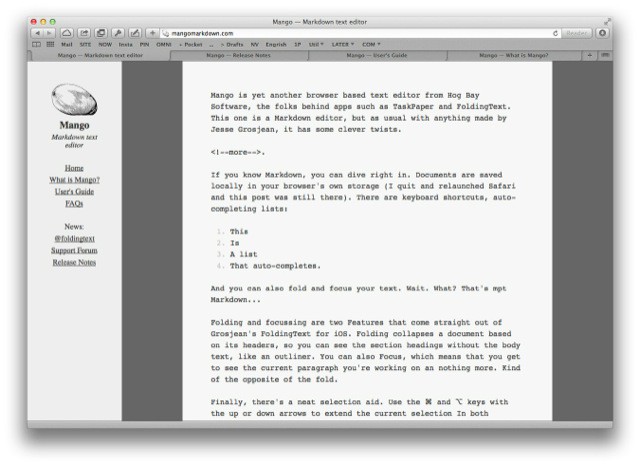

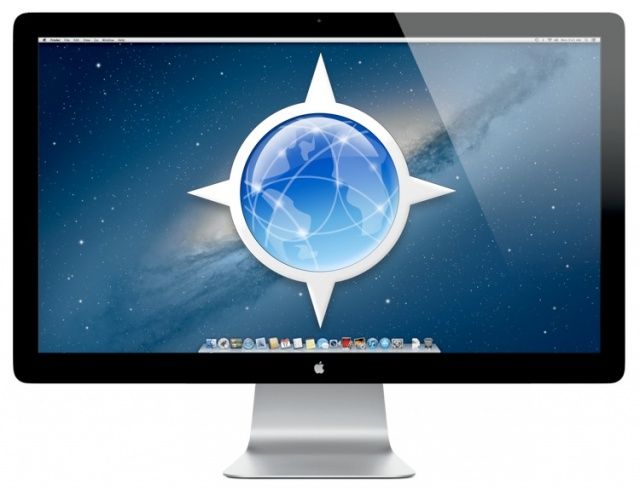
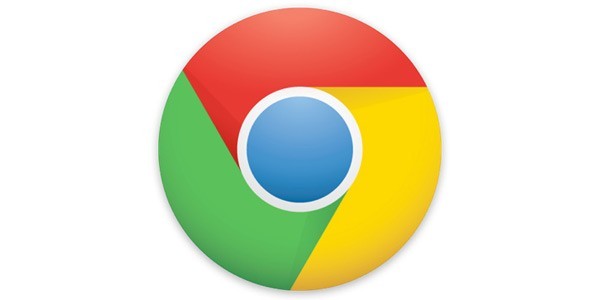
![Skip The Domain Suffix And Prefix To Get To Websites Faster Via Mobile Safari [iOS Tips] Web Prefix Suffix](https://www.cultofmac.com/wp-content/uploads/2013/05/Web-Prefix-Suffix.jpg)
![Here Are All The Fantastic New Safari Features Apple Should Put Into iOS 7 [Gallery] New Page Typing Device](https://www.cultofmac.com/wp-content/uploads/2013/04/New-Page-Typing-Device.jpg)
![Add International Top Level Domains To Safari Mobile Web Keyboard [iOS Tips] International TLDs](https://www.cultofmac.com/wp-content/uploads/2013/04/International-TLDs.jpg)
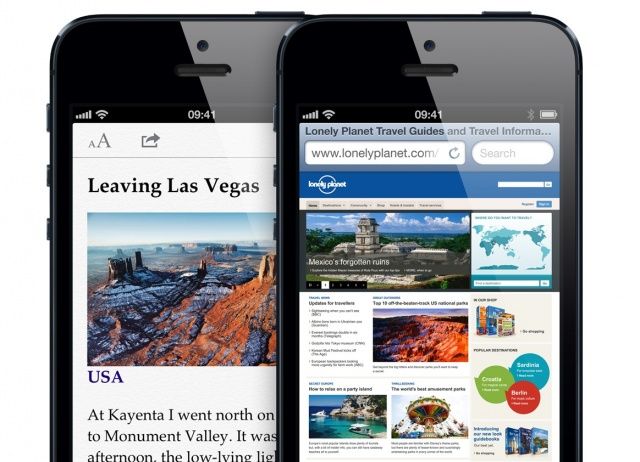

![Send URLs Right To Gmail App With This Mobile Safari Bookmark [iOS Tips] Send to Gmail Bookmarklet](https://www.cultofmac.com/wp-content/uploads/2013/02/Send-to-Gmail-Bookmarklet.jpg)


![Master The Option Key In OS X Safari [OS X Tips] keyboardOptionblk](https://www.cultofmac.com/wp-content/uploads/2013/01/keyboardOptionblk.jpg)
![Ending Soon! Keep Your Mac Clean With CleanMyMac Double Pack [Deals] CoM - CleanMyMac](https://www.cultofmac.com/wp-content/uploads/2013/01/CoM-CleanMyMac.jpg)


![Get To Websites Faster With Mobile Safari [iOS Tips] mobile Safari shortcut](https://www.cultofmac.com/wp-content/uploads/2013/01/mobile-Safari-shortcut.jpg)
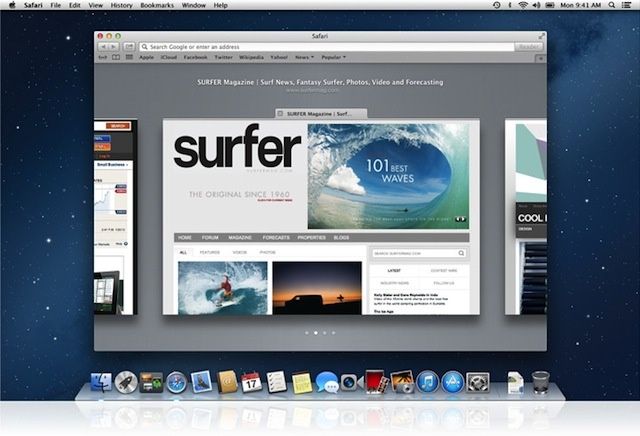

![Make Gmail Your Default Email Client In Chrome, Safari, and Firefox [OS X Tips] default gmail web app](https://www.cultofmac.com/wp-content/uploads/2012/12/Screen-Shot-2012-12-09-at-4.56.42-PM.jpg)
![Disable Javascript To Speed Up Your Web Experience On Older iPhone, iPad [iOS Tips] safari settings](https://www.cultofmac.com/wp-content/uploads/2012/11/safari-settings.jpg)